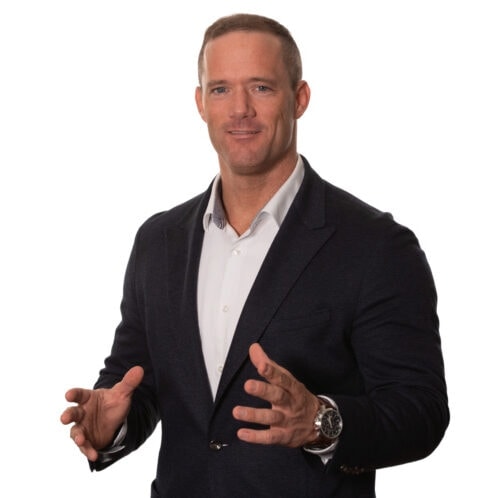With “normopathy” is meant an adjustment of a majority of people in a society to an undesirable development, to pathogenic psychosocial behavior, the disorder of which is no longer recognized and accepted because a majority thinks and acts in this way. And what the majority represents cannot be wrong
Question:
In this case, does someone calm their conscience through autosuggestion and allow themselves to be manipulated to adapt? Or is it a foreign suggestion after all?
Answer:
That is clearly a foreign suggestion. A healthy person does not think that way and will not voluntarily suggest this way of thinking. With third-party suggestions you can steer sick people better than healthy ones.
Man’s great ability to adapt is practically perverted to adapt to sick social conditions. This is supported by people’s basic psychosocial need to absolutely want to “belong” – to a partnership, family, group of friends, association, party, religion, nation, etc. – in order to be understood and confirmed accordingly in the associated social milieu to be successful too and in no case to be rejected, ashamed, ostracized and persecuted.
A normopathy explains the pathological follower syndrome when a majority enthusiastically goes to war, believes that they are the master race, agrees to the annihilation of nations, persecutes those who think differently, puts ideology above reality and lives in narcissistic megalomania.
A “guiding culture” will always have to be checked whether it provides a realistic, humane, socially just, honest, ideology-free orientation, but also knows how to effectively protect against destructive influences and threats. Adaptation to a wrong main culture leads to crisis and catastrophe. Adaptation to a psychosocial dominant culture, which I call “relationship culture”, enables a healthier life and a helpful and satisfying coexistence.
Children and normopaths
The children must have a chance to orient themselves to adults who are at rest. Now look at the adults how dramatically they have changed. Look at the faces of most adults – they are rushed, annoyed, irritable and depressed. And when you find someone who exudes joy and is relaxed – you almost think he has taken drugs.
When a healthy person is in a group of sick people, all sick people think that the healthy person is sick. And if the healthy person also shows this sick behavior, the sick think, now he is also healthy again. This is normopathy. Making the pathological normal. Normopathy.
An example from practice
A nice example of where normopathy can lead in practice is the way a normopath thinks when the normopath is not in the group.
A radio traffic report:
Warning, a wrong-way driver is driving on the motorway in the direction of X to Y. Please drive carefully and do not overtake.
The wrong-way driver – the normopath – also hears this message on the car radio and thinks: Whatever one, everyone is driving on the wrong side.







